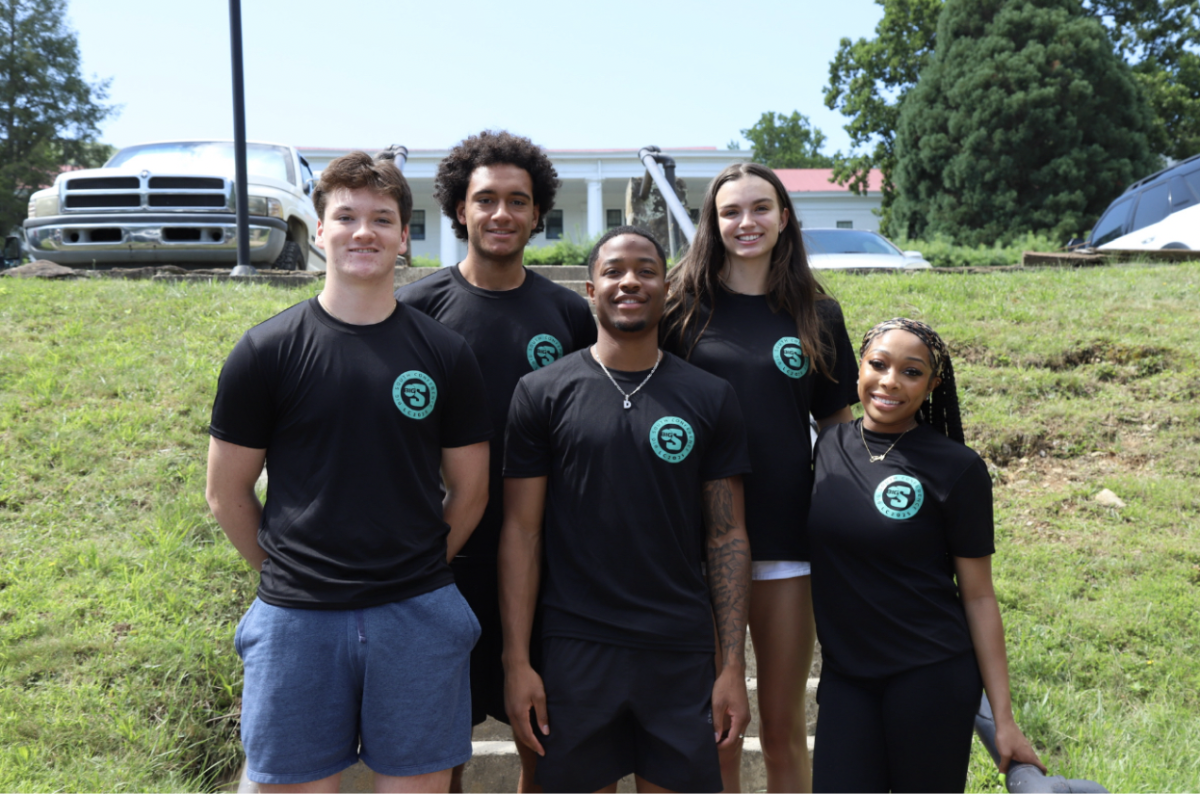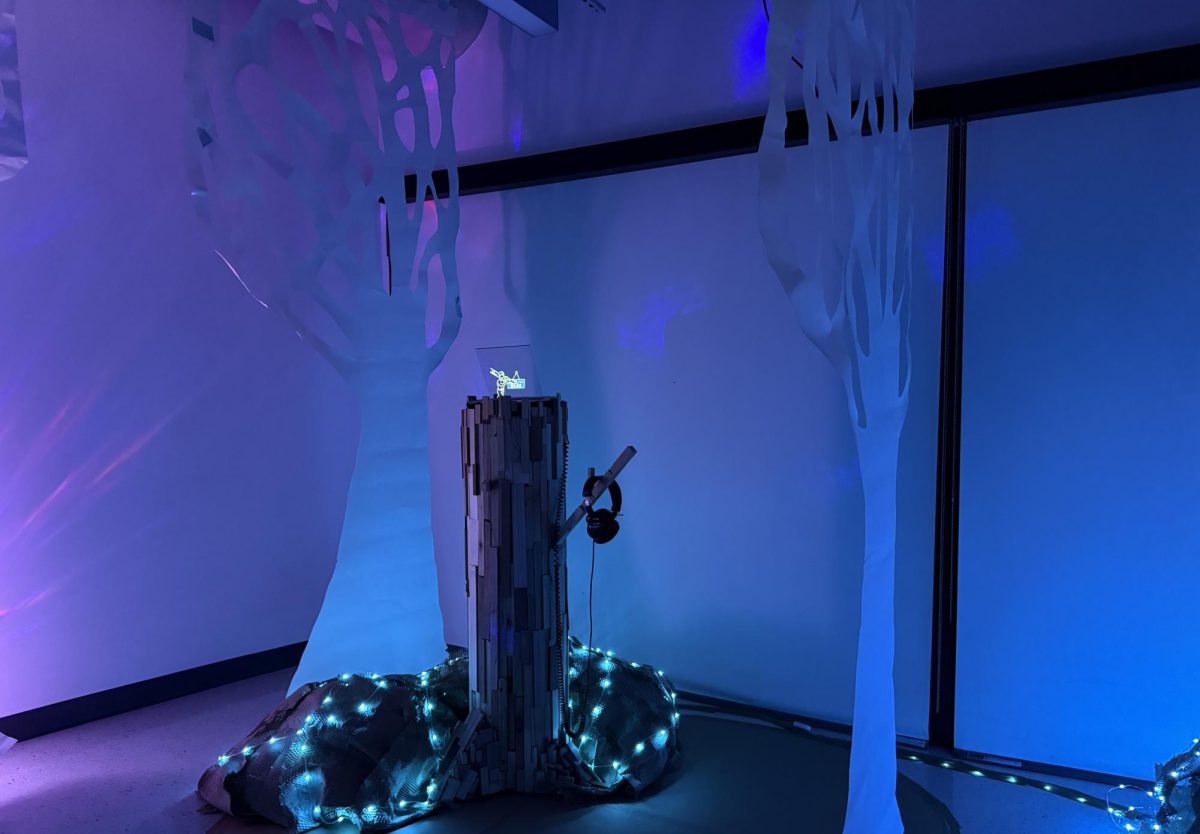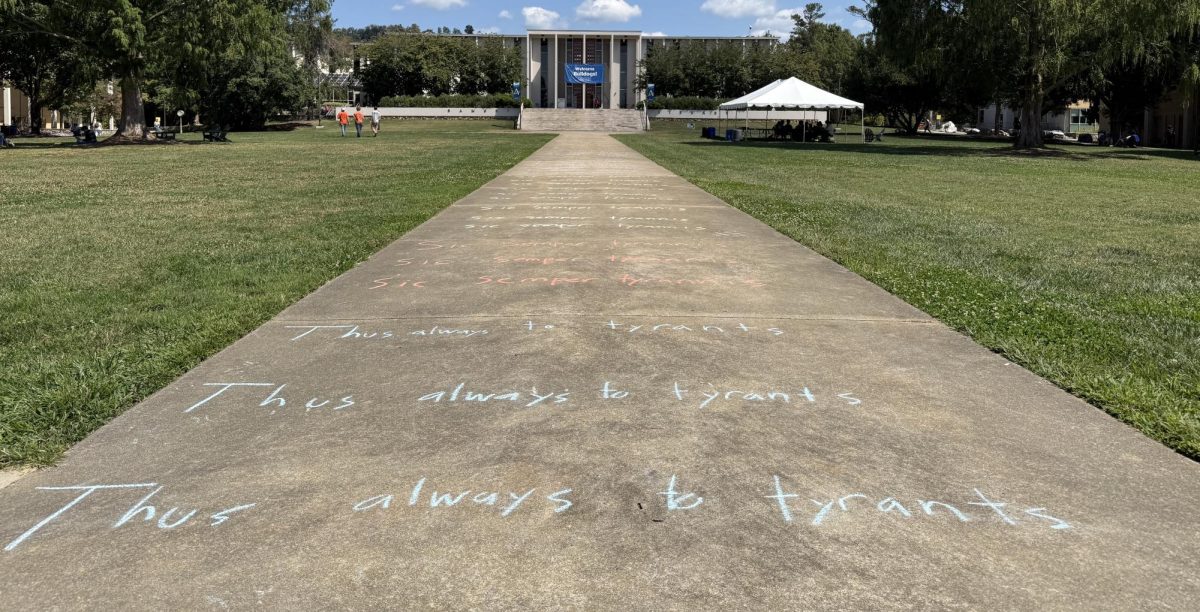By Ashika Raval – [email protected] – Sports Editor | Sept. 3, 2014 |
As Facebook newsfeeds clog up with awkward videos of friends and family members pouring buckets of ice water on themselves, donations to the ALS Association research surpassed $100 million.
The ALS Ice Bucket Challenge took over as the new social media topic of conversation and could be considered the “Harlem Shake” of the summer. But unlike most short-lived Facebook trends, the Ice Bucket Challenge managed to capture the attention of people around the world for more than just a quick month and continues to spread.
According to The New York Times, people shared more than 1.2 million videos of the Ice Bucket Challenge on Facebook and mentioned the phenomenon on Twitter, tweeting using the hashtags #icebucketchallenge and #alsicebucketchallenge.
But what really sets the Ice Bucket Challenge apart from the other social media crazes is that it does more than just entertain, it helps raise awareness and donations for research for the ALSA.
The Ice Bucket Challenge allows people to nominate their friends and family members to share a video of them pouring ice water on their head within 24 hours of the nomination, but if they fail to do so in the timeframe they must forfeit the challenge by donating to the ALSA.
Not only has ALSA received a great amount of donations, they also captured the attention of millions of people. ALSA stated prior to the challenge going viral, only a limited number of Americans knew about the disease.
Amyotrophic lateral sclerosis disease commonly referred to as Lou Gehrig’s disease because of the famous American baseball player, who publicly opened up about his diagnosis in 1939.
Approximately 30,000 people in the United States and 450,000 people worldwide are afflicted by the disease and 50 percent of the people diagnosed die within two to five years.
According to The New York Times, within just weeks of the challenge going viral on social media ALSA received $41.8 million in donations. The number of new donors who gave money to ALSA doubled the total contributions of $19.4 million, which is what the association received last year. And this is just the number of donations that the ALSA received. There are several more ALS-related charities, which have benefited from the challenge.
But like every successful cause, haters emerged. People criticized and complained about the Ice Bucket Challenge. The two loudest complaints stem from frustration over their Facebooks being too crowded and the issue of other charities not receiving as much attention.
In regards to the first complaint, people need to stop crying about their cat videos being lost in their newsfeeds and learn to give more attention to more pressing issues that are affecting other human beings.
When it comes to the second complaint, the rants of more and more people being upset about other charities not gaining enough attention actually resulted in these charities gaining more attention.
Taking a rebellious leap, people started doing the Ice Bucket challenge and nominating their friends and family members to not specifically donate to ALS research, but to instead donate to their favorite charity of choice.
In the United Kingdom, many people participated in the challenge and instead chose to donate to Motor Neuron Disease Association, an association which has raised £3.5 million or approximately $5.7 million.
So yes, though it may be annoying having videos of old friends and your dad squealing over ice water being poured on their head and maybe even a little entertaining to watch Linda Bush pour ice water on former president George W. Bush, it is important to keep in mind the real reason behind this trend.
Instead of keeping this a short-spanned craze, let’s acknowledge the importance of raising awareness of issues around the world.


![Brooke Pedersen [second from the right] and Luis Reyes [right] hold banners during the Wrap The Woods event.](https://thebluebanner.net/wp-content/uploads/2025/09/ELIZABETH_PRITCHITT_IMG_3470-1200x804.jpg)















